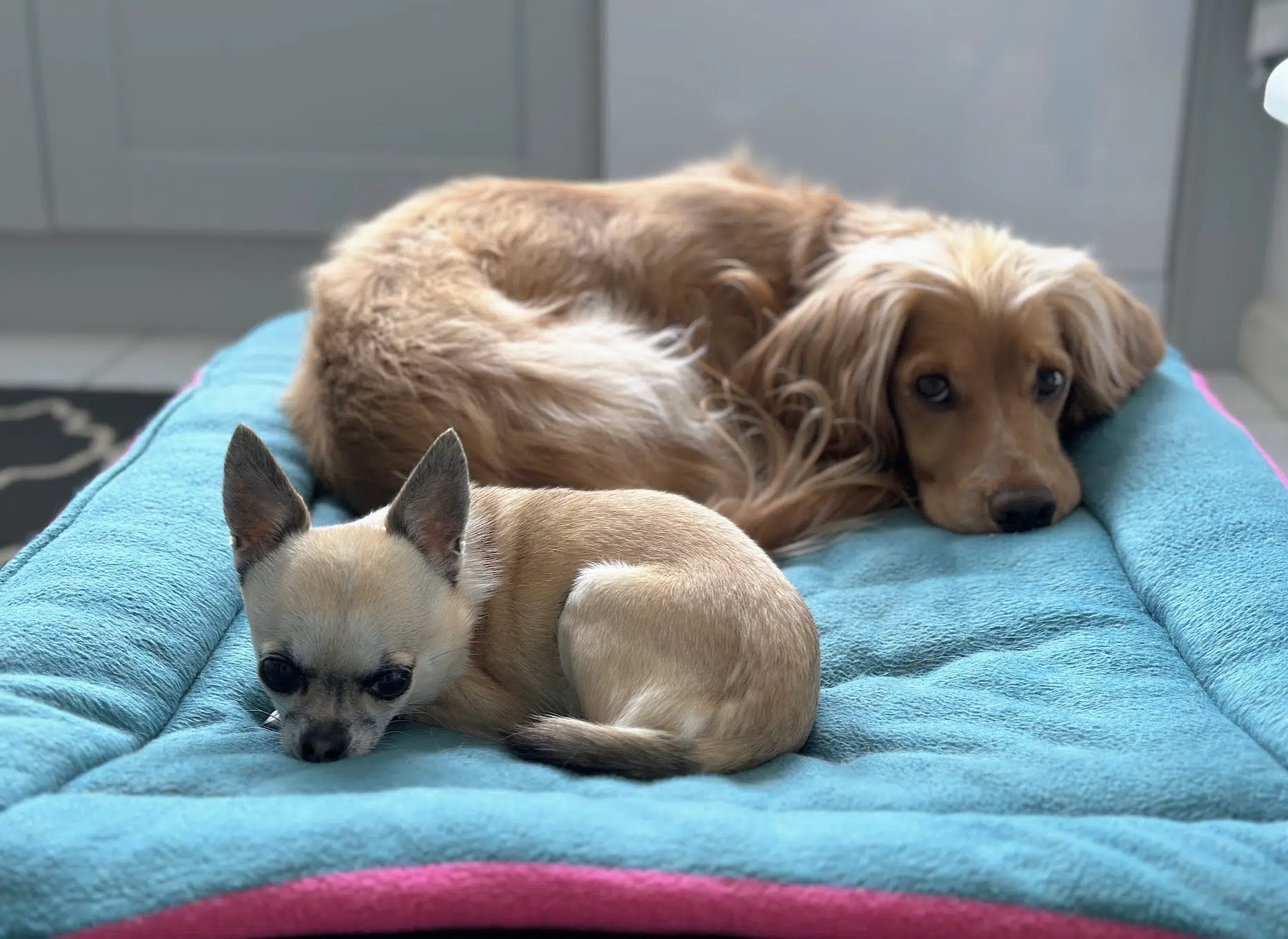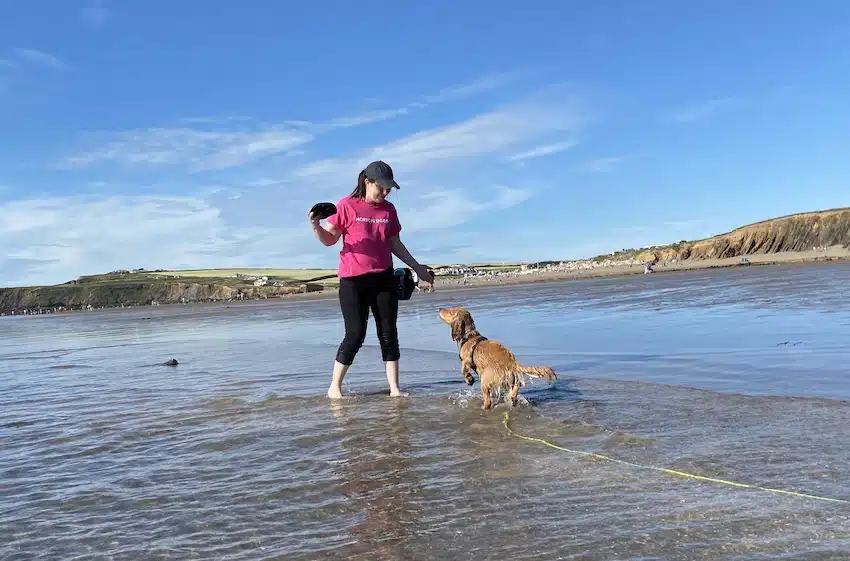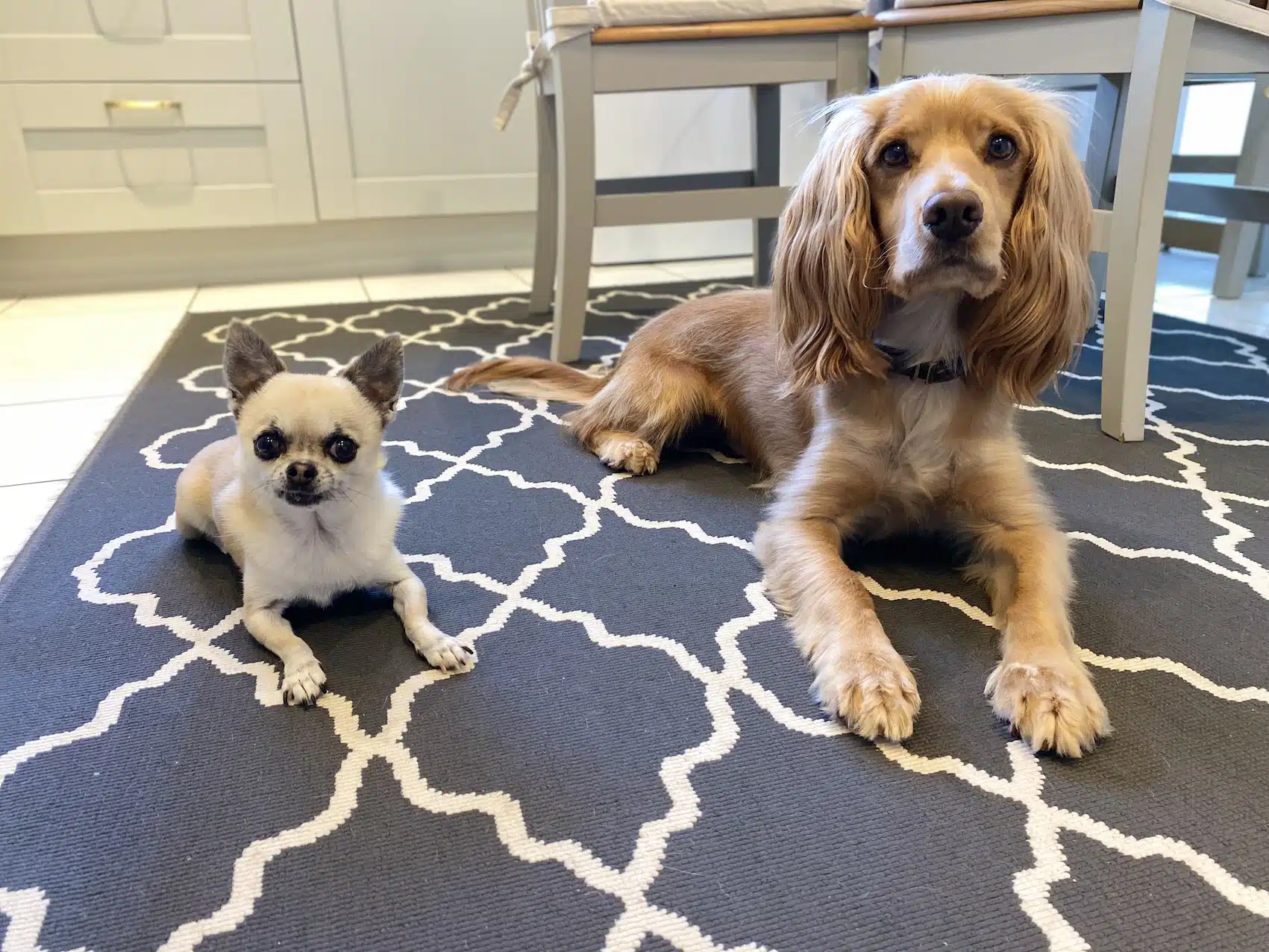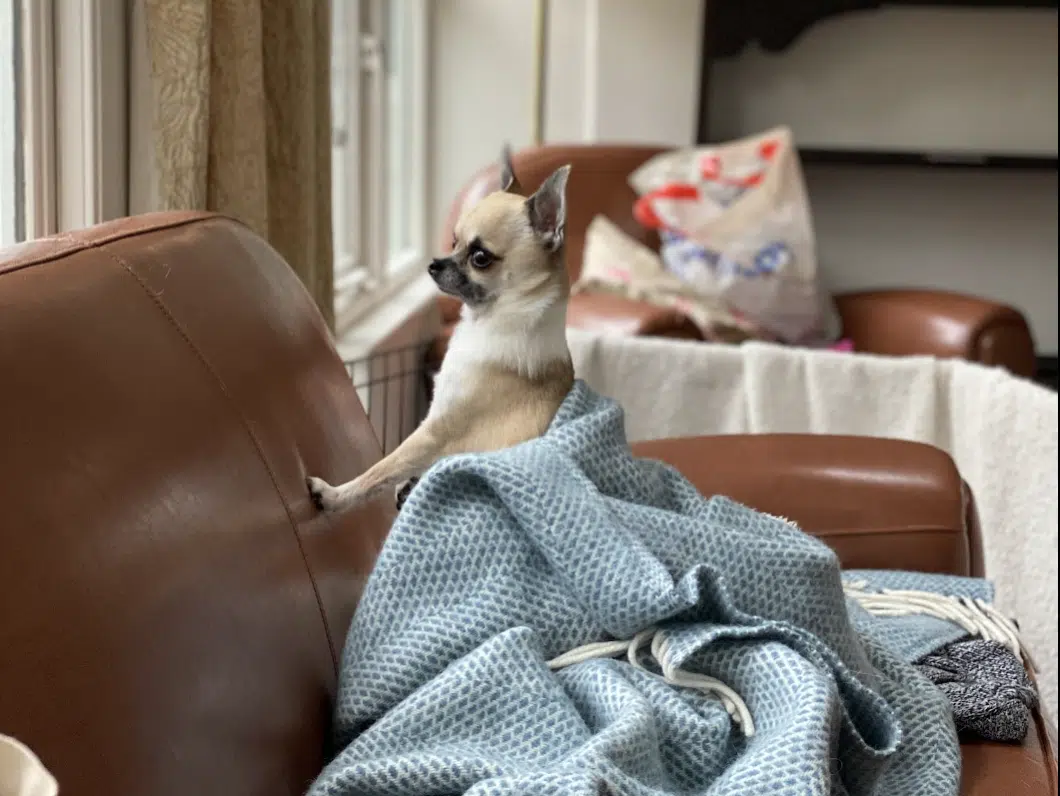In our quest for well-behaved and calm dogs, the art of self-settling plays a crucial role. Rather than barking incessantly, or engaging in mischief for attention, we aim to create a natural ability in our dogs to settle peacefully. Here’s a guide to achieving just that:
Allowing Choices from the Start:
Instead of directing them to settle on a designated bed, empower your dog to explore options. Guide them towards better choices naturally.
Safeguard your curious puppies by utilizing baby gates, crates, and pens. This not only keeps them safe but encourages positive choices like settling and sleeping.

The Power of the "Leave" Cue:
Teaching them a Leave cue means we can use this to interrupt the behaviours we don’t want and allow them to then make other better choices, as long as we have set up the environment for success then they will hopefully make the good choice of settling down for a nap.
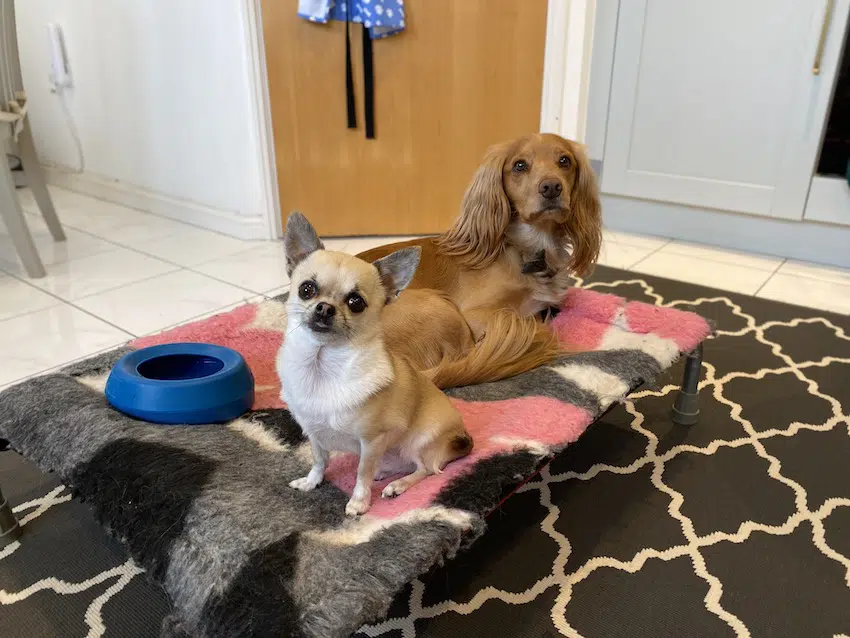
Location Flexibility:
Allow your dog the freedom to settle where they feel most comfortable, be it their bed, the rug, or the floor. The magic lies in letting them choose, fostering genuine self-settling.

Cued Behaviour vs. Genuine Settling
While there's a time and place for directing your dog to their bed (e.g., during activities like cooking), genuine settling arises from built habits rather than command-based exercises.
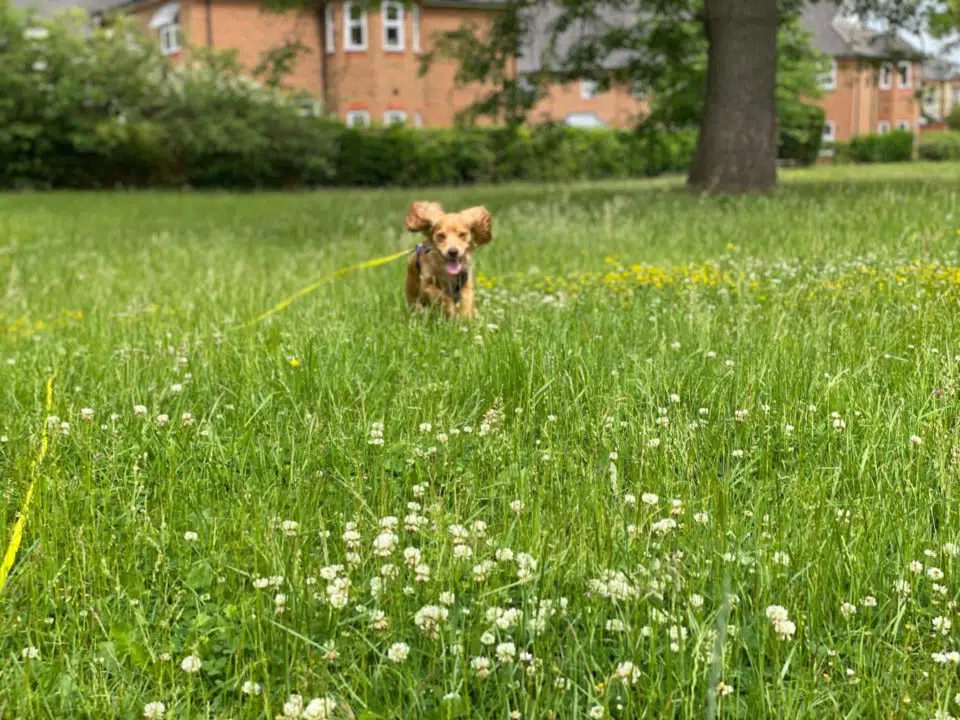
Balanced Enrichment:
Ensure your dog receives plenty of enrichment during walks, play, and training. When not actively engaged, encourage rest by temporarily removing toys, keeping them special for focused interaction.
Mindful Mental Stimulation:
Be cautious about overwhelming your dog with constant mental stimulation. Tools like snuffle mats and food puzzles can sometimes keep our dogs overstimulated, they shouldn’t replace the essential off switch for settling, rest, and recovery. However I am a big fan of a filled kong or calf hoof to help encourage good habits – here’s how you can use them:
Establish settling habits, starting with post-walk crate time with a filled Kong. Gradually transition to using less stimulation, from a kong to a calf hoof, then shifting from crate to bed as your dog matures.
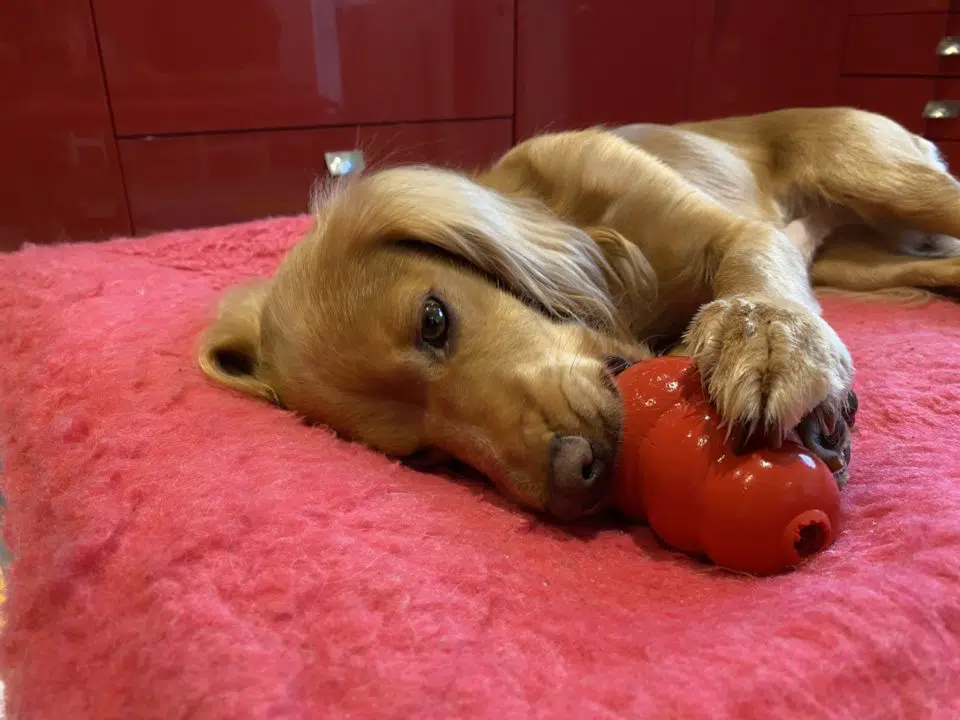
Avoiding Overexertion:
Resist the urge to tire your dog excessively, preventing the creation of an “athlete” that can’t switch off. Provide ample opportunities for them to do nothing and settle, crucial for their overall rest and recovery.
Seeking Assistance:
If you’re dealing with a dog or puppy struggling to settle, don’t hesitate to reach out for help. Our group classes specialize in teaching pups the art of settling; check when the next block starts.
Mastering self-settling is a journey that transforms your dog into a well-behaved, calm companion. Follow these guidelines, and you’ll nurture the serenity we all desire in our canine friends.
